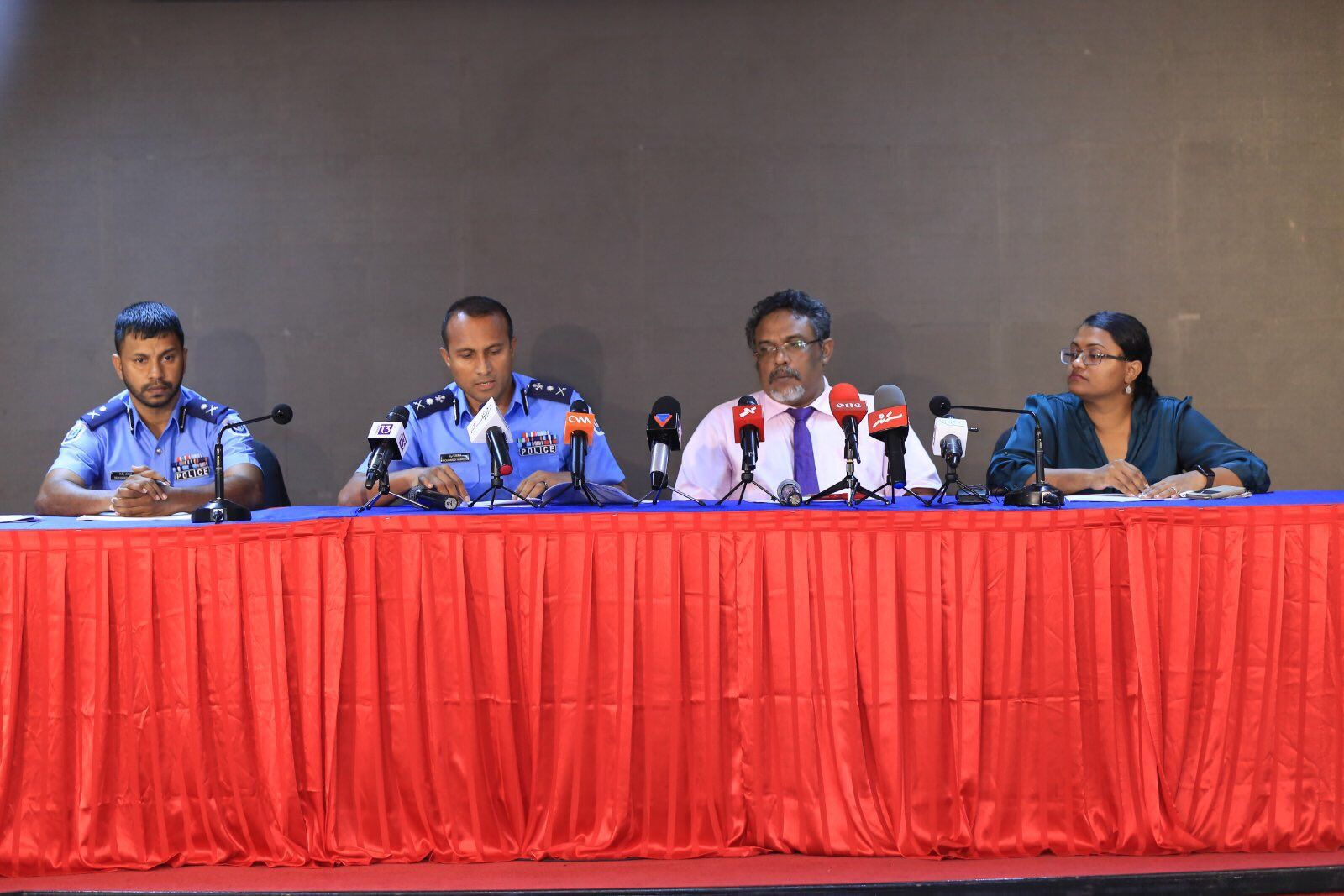MMPRC scandal: list of beneficiaries grows to 267
Stolen funds were used for political activities.

27 Oct 2019, 9:00 AM
The police together with the Anti-Corruption Commission and the presidential commission on corruption and asset recovery briefed the press on Thursday about their joint investigation into the theft of more than US$90 million from the Maldives Marketing and Public Relations Corporation during the previous administration.
New information was provided by former vice president Ahmed Adeeb and his exiled associates from SOF Pvt Ltd, a local company that served as a vehicle to channel the stolen funds, which was used for bribes and political purposes.
Below are the key takeaways from the joint press conference.
The number of beneficiaries is now 267 people
Become a member
Get full access to our archive and personalise your experience.
Already a member?
Discussion
No comments yet. Be the first to share your thoughts!
No comments yet. Be the first to join the conversation!
Join the Conversation
Sign in to share your thoughts under an alias and take part in the discussion. Independent journalism thrives on open, respectful debate — your voice matters.




